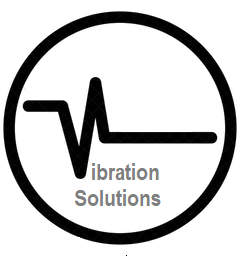
Resonance Detector
Want to detect early damage that causes minor frequency shifts?
.
.
.
VibraSolv Software/ Resonance Detect. Application
A powerful and versatile tool equipped with comprehensive HELP.
14 days trial.
Resonance Detector
A common approach for evaluating structural integrity involves establishing a baseline using relevant modal parameters obtained from vibration signals of the intact structure. Subsequent test results are then compared to these data, with any changes in modal parameters indicating potential structural failure. Understanding the effects of physical parameter changes allows for assessment of the location and magnitude of the failure.
Methods for detecting damage through changes in natural frequency involve acquiring, processing, and interpreting vibration signals. Time domain signals are converted to the frequency domain using specific algorithms. In most structures, the interval between harmonics is large enough to make it easy to distinguish between consecutive frequencies.
However, detecting early damage can be challenging as it only causes minor frequency shifts. This is due to the fact that in traditional frequency analysis, the frequency components of a signal are identified at evenly spaced lines in the spectrum, which depend on the length of the signal.
Consequently, the frequency shift caused by initial damage, being small, is not amplified in the spectrum. This situation continues until the damage grows enough to create a significant frequency shift and the peak amplitude moves to the next spectral line. Therefore, the need to utilize advanced algorithms that offer inter-line information about frequency to enhance the accuracy of frequency evaluation is necessary.
